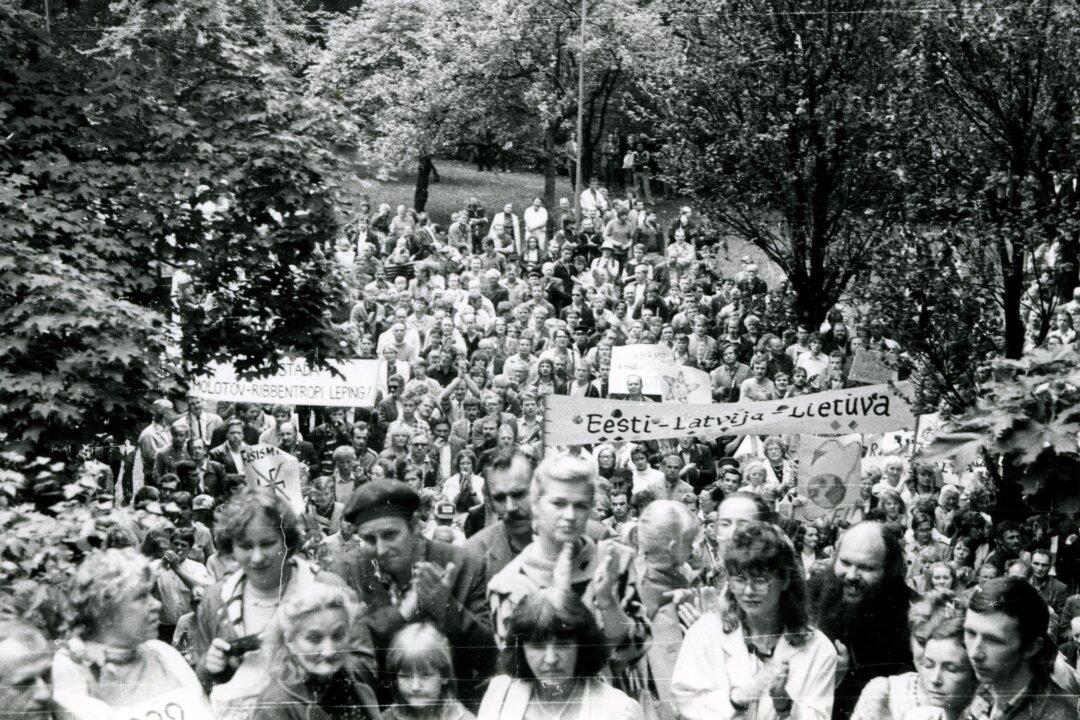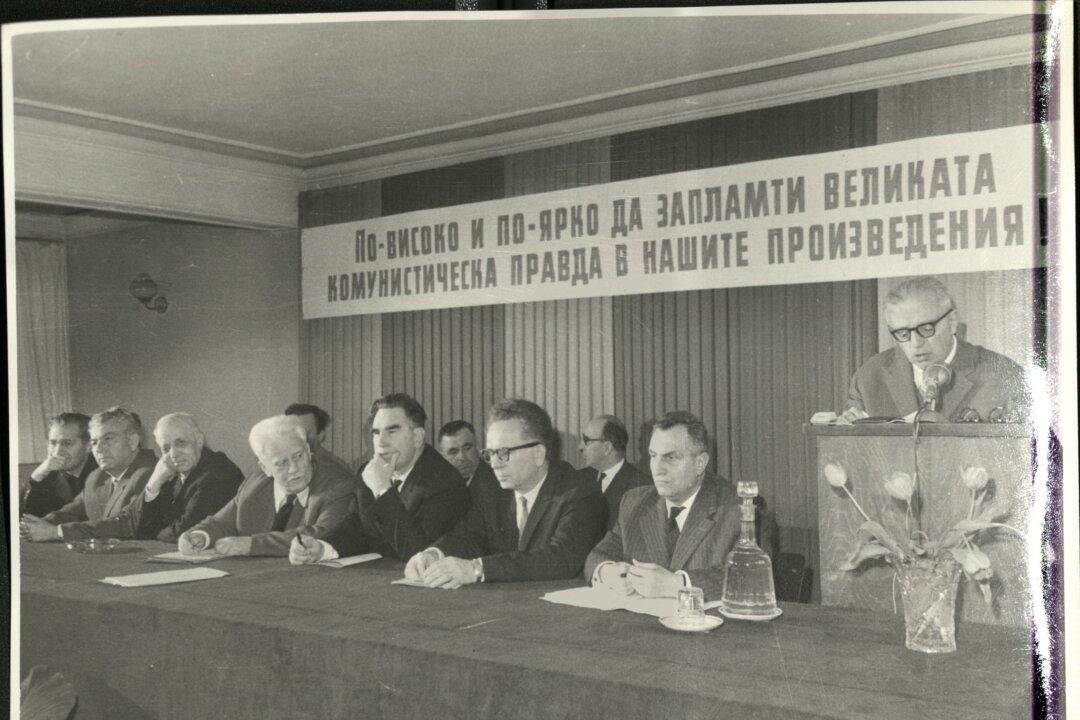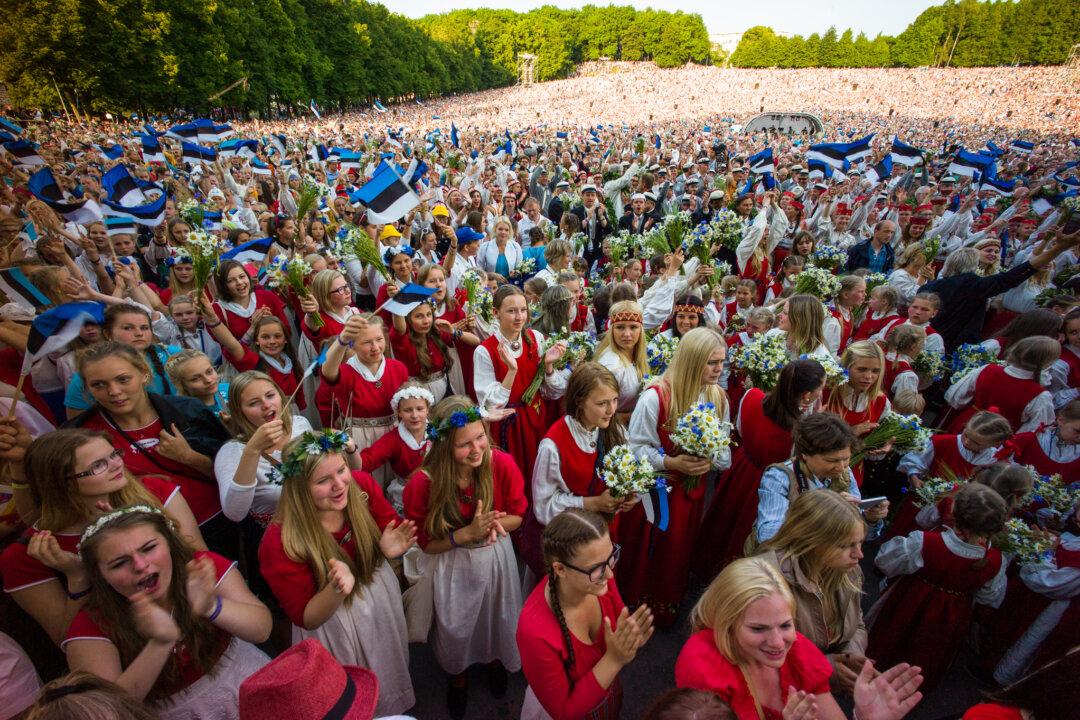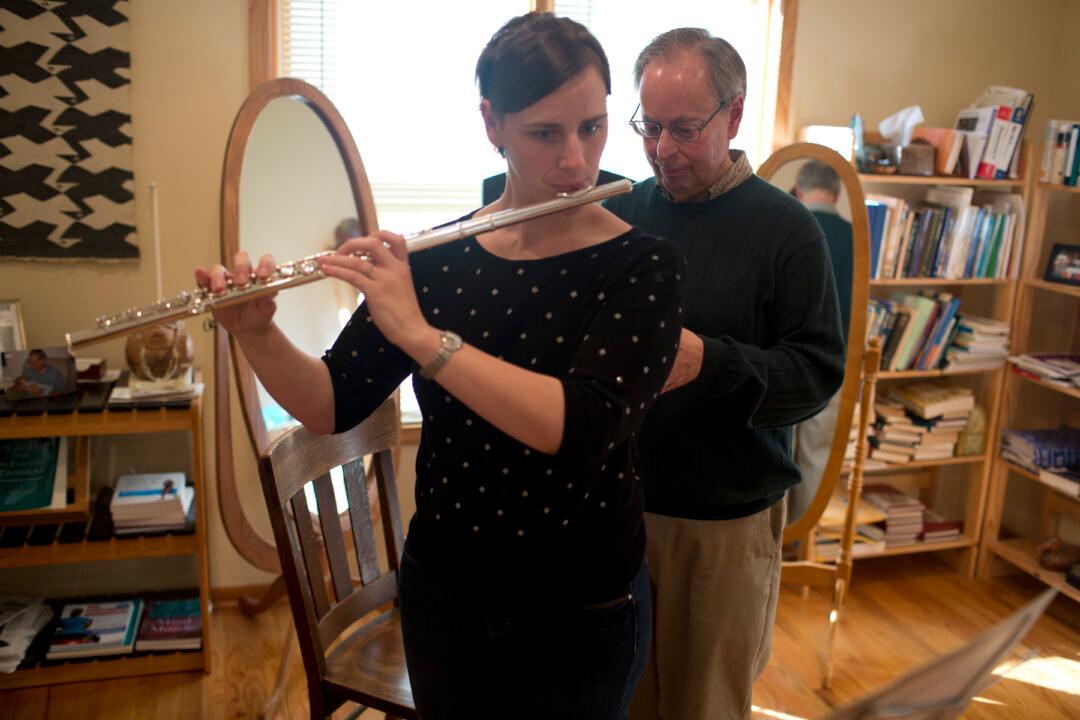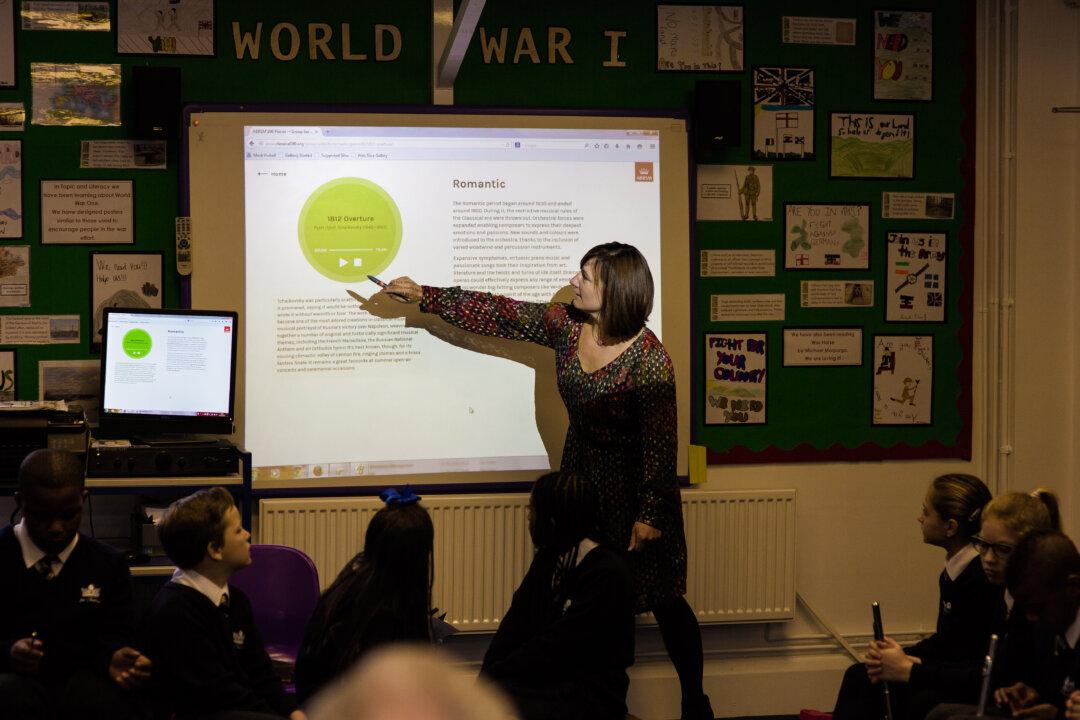TALLINN, Estonia—He was one of thousands of courageous youth who gathered back in 1987 at Raekoja Plats, the town square of Estonia’s capital, Tallinn, to sing forbidden patriotic songs, to unfurl the national blue-black-white flag, and to march to the Tallinn Song Festival Grounds. Sten Weidebaum was there to protest the nearly 50 years of communist occupation by the Soviets.
“It was a movement toward a joint dream that gathered strength and boldness day by day and that resulted in major gatherings of people,” said Weidebaum, now communication manager of the Estonian Song and Dance Celebration Foundation, in his Tallinn office in May.

